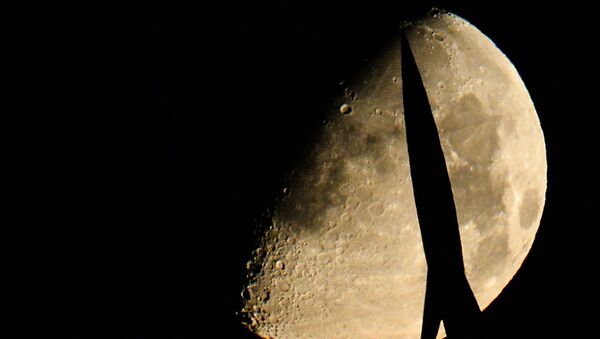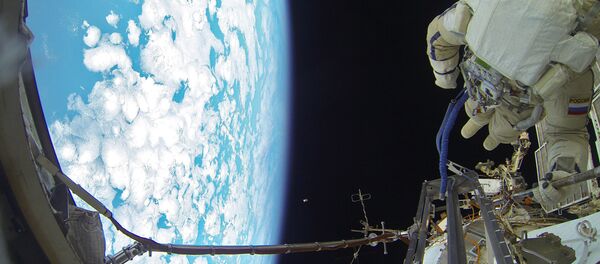The nanosatellite will be launched by an Indian PSLV-C11 rocket, which is also slated to send an additional four such satellites to the Moon.
Douglas Galante, a researcher at the Brazilian Synchrotron Light Laboratory (LNLS) in Campinas and a coordinator of the Garatéa-L project, said that it aims to conduct a series of astrobiological experiments and promote the spread of scientific knowledge in his country.
“We plan to launch in late 2019, — early 2020 to mark fifty years since the launch of Apollo 11. We are going to carry out three major scientific experiments in astrobiology, space medicine and one to make a milt-zone imaging of the lunar surface,” Douglas Galante told Sputnik Brasil.
The scientists want to gauge the impact of deep space, high radiation, low gravity and extreme temperature fluctuations on extremophiles — organisms that thrive in physically or geochemically extreme conditions that are detrimental to most life on Earth.
“This will not only enable us to determine the limits of life but it will also help us to develop better conditions for life in our solar system. What we are trying to determine is how radiation, zero gravity and extreme temperature fluctuations impact biological life. We need to experiment on living organisms to understand how habitable our Universe really is,” he added.
The team is getting help from other Brazilian universities and also from colleagues at the organization EOS in the United States, which coordinates cooperation with NASA and universities.
The project was named Garatéa, which in the Tupi-Guarani language means “looking for lives,” because its main objective is to study the effects of various colonies of living microorganisms, molecules and human cells that will be on board the satellite and exposed to radiation for several months.






